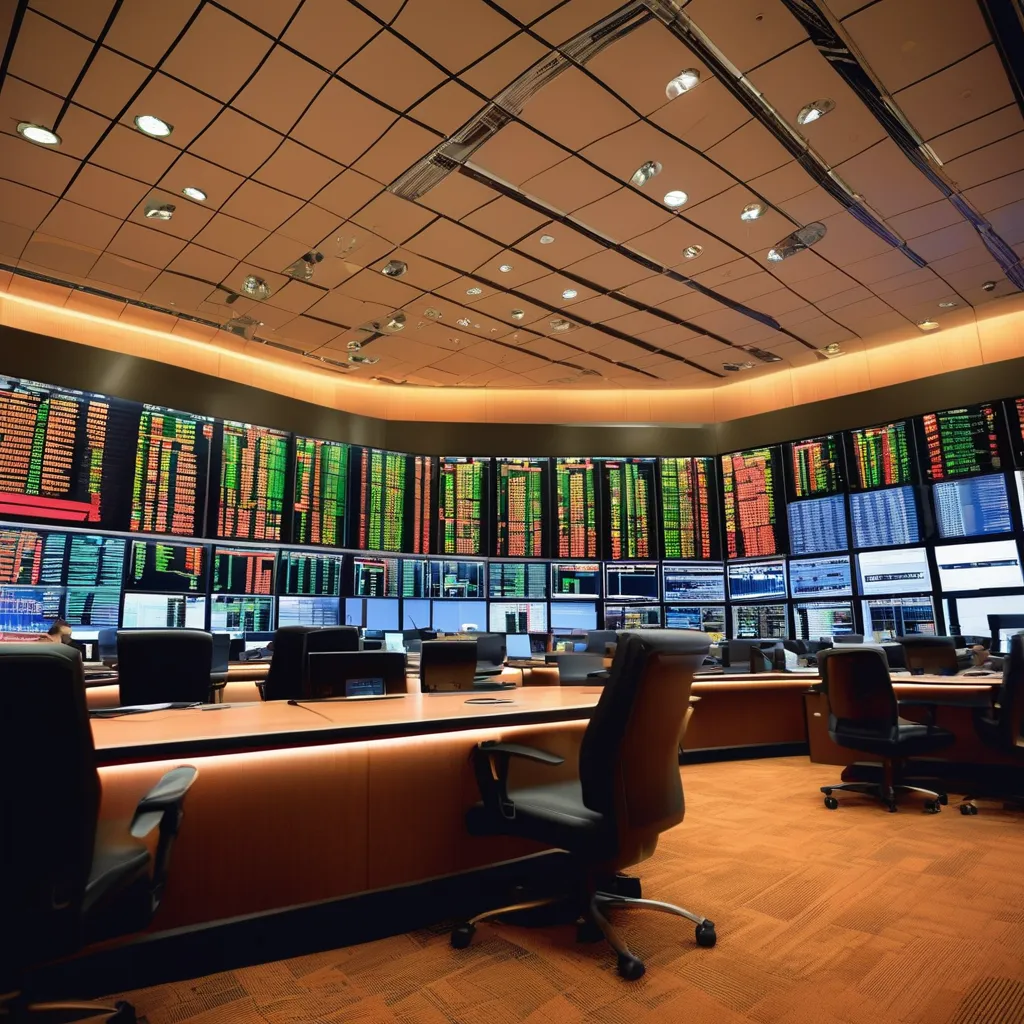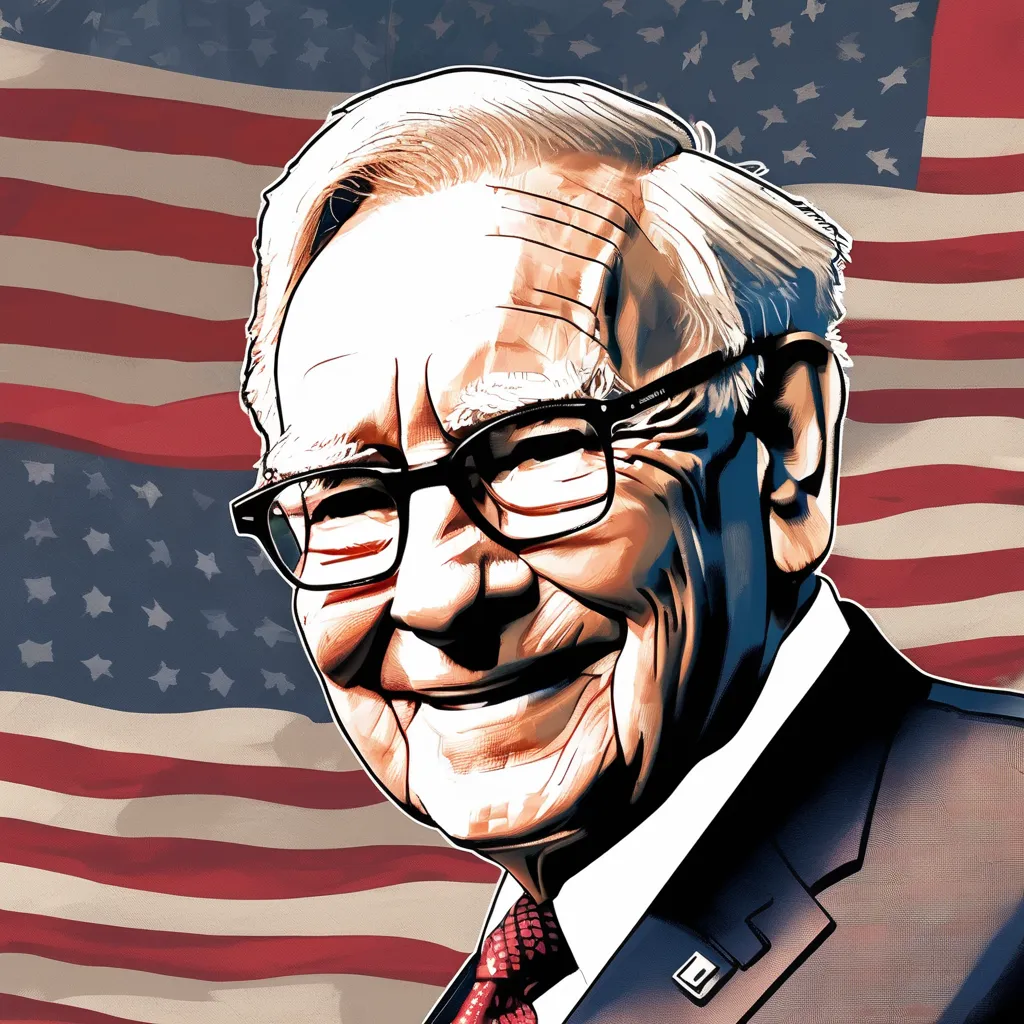The Overvaluation of Top US Stocks Surpasses Pre-Dotcom Bubble Levels
The overvaluation of top US stock – within the stock market that sets the tone for global capital markets – has now surpassed the levels seen just before the dotcom bubble burst. The top 10 companies by market capitalization within the S&P 500 index are currently more overvalued than they were during the 1990s tech bubble, according to a report by Apollo Global Management. At that time, the markets took a significant downturn from these valuation levels. From a Price-to-Earnings Ratio (P/E) perspective, which shows how many years it would take for the price paid to be recovered from earnings per share, the estimated average P/E ratio for the next 12 months for these top companies is currently around 30, compared to approximately 17 in 1990 or 25 in the year 2000. After the financial crisis in 2010, the P/E ratio for top companies in the S&P 500 had dropped to an average of 10.
Let’s take Nvidia Corporation as an example. This company has become a standout in the new artificial intelligence (AI) bubble, producing processors that are expected to power the next generation of AI-enabled computers. Nvidia’s P/E ratio for the past four months stands at 64, while its estimated dividend yield is a mere 0.02%. But what if the implementation of AI doesn’t go as planned? What if profit growth doesn’t meet the lofty expectations currently held by investors?
Lessons from Tesla’s Decline
It’s worth remembering what happened with Tesla—a star stock just a few years ago, where investors were similarly dreaming of exponential profit growth. However, with the rise of China’s automotive industry, capable of producing and exporting electric vehicles at much lower costs, Tesla’s profit margins have shrunk. As a result, compared to its stock price in November 2021, Tesla has seen a 50% correction, even though the broader market has continued to rise in 2024.
A Volatile End to Summer for the Stock Market
The final month of summer has brought increased volatility to the stock market. Amid mostly negative news from semi-annual financial reports and certain events that have impacted the trading prices of specific companies, the end of August has brought renewed market declines. Clearly, the multi-month upward trend in the stock market needs a period of consolidation before it can attempt to reach higher levels.
Recent Dips and Market Volatility
On a weekly basis, we experienced a moderate decline, making August the first negative month after a long stretch of gains. After 16 consecutive months of growth, it’s not surprising to see a month of decline. This is part of the natural evolution of the stock market—an uninterrupted upward trend could potentially lead to a larger correction at some point, as we saw during the first week of the previous month. Liquidity has returned to very low levels, with few transactions and total trade value barely exceeding $120 million. This minimal activity can likely be attributed to two key factors. First is the informational context specific to this period. The flood of financial information—an old problem in the local market—delivered in an imbalanced and unfiltered manner, especially toward the end of the reporting period, requires more time for analysis and makes it harder to structure the information.
Second, the seasonal nature of this period means many investors have become inactive, either due to uncertainty regarding the financial health of issuers or simply because they’re more focused on enjoying their vacations. While retail investor activity has slowed, institutional investors have been even more inactive.
The Keyword: Prudence
The start of August—traditionally a calmer, vacation period—was unexpectedly turbulent, with sharp declines in indices across multiple regions. This serves as a warning to both investors and policymakers about the economic outlook, with “prudence” being the key word for the situation, even in the United States. Although these shocks came after record highs in indices from Japan, the US, and Europe, the rapid deterioration of economic data is concerning—from the US labor market to investor confidence, as measured by the Sentix index, where expectations have dropped faster than assessments of the current situation. The sharpest drop since 1987 in Japan accelerated a trend that began in July, fueled by interest rate hikes. On the other hand, the recovery on Tuesday nearly matched the decline: after a 12.4% drop on Monday, the Nikkei 225 regained 10.2%. Hopes for a favorable session were encouraged by a positive, albeit modest, opening in the German DAX index and S&P 500 futures, as well as Romania’s BET index.
AI Enthusiasm Cools Down
The fading enthusiasm for AI hasn’t helped US indices, nor has it boosted global sentiment. In hindsight, a cooling of this enthusiasm and a correction of expectations was necessary and desirable. This recent episode seems to prelude a period of volatility just before autumn, which is already expected to be tense with regard to international relations and significant election cycles. For both local and global investors, this vacation period could be different from previous years, with more frequent monitoring of stock quotes and news. For the broader economy, the prospect of a sudden slowdown in the US, combined with a contracting industrial sector in Germany and a housing downturn in China, presents challenges for the upcoming quarters.
A gradual, multi-year scenario remains possible, but a controlled adjustment of the deficit would have been easier to achieve in a calm international environment. If geopolitical factors or other macroeconomic surprises validate investors’ concerns—who are currently predicting not one, but four interest rate cuts of 0.25 points in the US by year’s end—it may become harder to secure liquidity, or it may come at a high-cost relative to budgetary capabilities.
Market Drops Highlight the Seasonal Risks
The recent declines bring to light the risks that often emerge during this season. On what seemed like just another summer day—though there were subtle signs—the macroeconomic data showed that clouds can gather quickly. Investors, anticipating the storm, preferred to take shelter, even without knowing how severe it would be. Prudence, always useful in good times, now seems more necessary than ever.




Leave a Reply